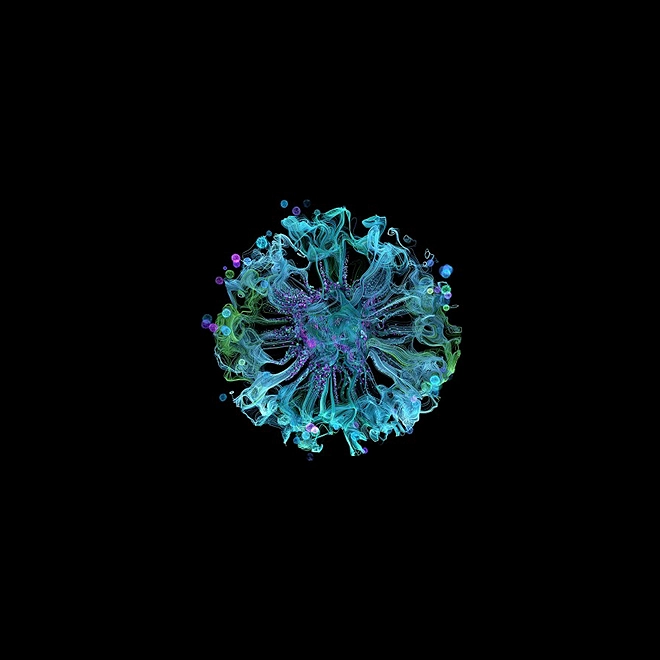Space Capability
Positioning Australia at the forefront of the Space Sector
The global Space Economy was worth over USD$420 billion in 2020 and has been forecasted to grow to over USD$1.1 trillion by 2040. Although Australia contributes approximately 1% to the global space sector, it is currently expected to grow at 7.1% per annum over the next five years. The Australian Space Agency’s goal is to triple the size of the Australian Space Economy from $4B AUD to $12B AUD by 2030 targeting 20,000 new jobs.”
Deloitte is committed to proactively supporting the purposeful growth of the Australian space ecosystem. Our vision is to see the Australian space ecosystem recognised globally as a leader in delivering value to the world’s key industry sectors and to society through new disruptive space-enabled capabilities, business models and by the way we collaborate and create connections across business and government.
Leveraging our breadth and depth of sector expertise across domains such as New Space, Defence and Government we are working closely with multiple businesses and government agencies on a variety of exciting new initiatives that will help to develop Australia’s space sector capability and build strategic space assets to benefit future generations.
Learn about the GRAVITY Challenge.
The Space Sector is global and cross industrial:
- Agriculture, Meteorology and the Environment: Earth Observation (EO) data will provide key inputs for monitoring soil, rainfall, snow cover, drought and crop development.
- Transport, Logistics and Smart Cities: Earth Observation offers the ability to analyse and monitor transport networks by detecting and counting vehicles on roads, freight vehicles, aircrafts and monitoring road structure and congestion management.
- Defence, Security and Surveillance: With space proficiency becoming more sophisticated, governments are strengthening intelligence, surveillance, reconnaissance and disaster response capabilities.
- Mining and Exploration: Opportunities for the Space Sector to impact mining are twofold – either improving existing Earth-based mining practices (e.g. global positioning and communications advances), or new resource exploration opportunities (such as asteroid mining).
- Telecommunications and Connectivity: The introduction of machine learning, AI, IoT and nanosatellite constellations has opened the doors to improved connectivity and lower latencies. This will touch many sectors and provide access to education and healthcare resources in remote regions.
- Health and Pharmaceuticals: Satellite imagery allows us to monitor spread of diseases, health vegetation, climate changes, atmosphere changes and pollution concentration. In addition, the pharma industry can benefit from manufacturing experiments off-Earth.
- Travel and Tourism: The tourism and leisure industries are using high resolution imagery and GPS data to evaluate and assess attractions such as resorts, cultural experiences, and sports arenas to provide travellers accurate up-to-date detailed mapping of their destinations.
- Insurance, Finance and Retail: Earth observation helps insurers and financial institutions to better understand and analyse the impact of natural disasters, identify infrastructure that has been damaged and estimate the overall financial damage cost.
- Space Exploration and Operations: Upstream space capabilities such as launch, manufacturing, automation and robotics have a pivotal role in enabling downstream capabilities supported by industry demand. Space companies around the world are developing sovereign capabilities to design, manufacture and test space systems for future space exploration and operations.



